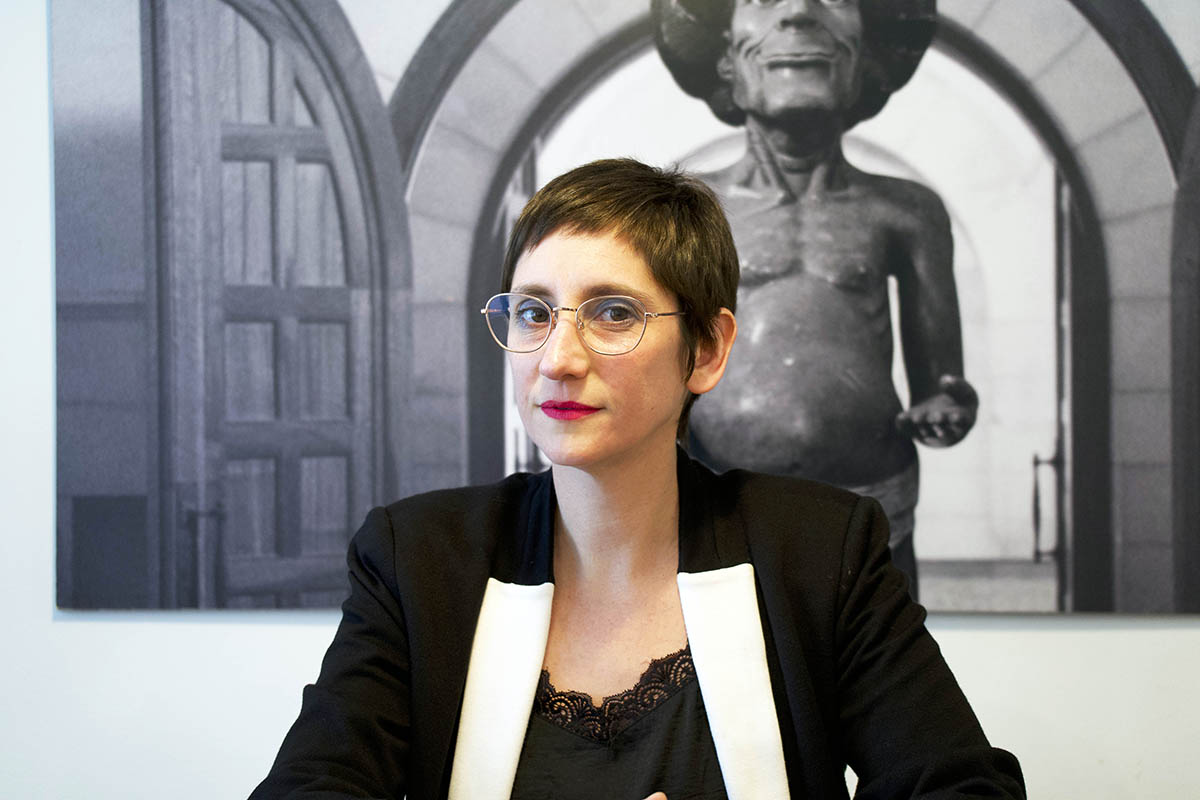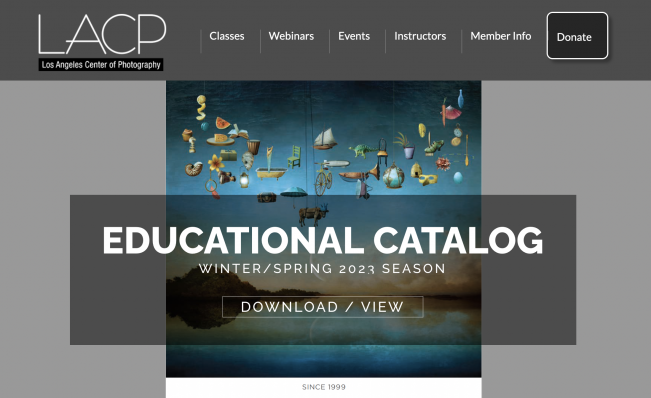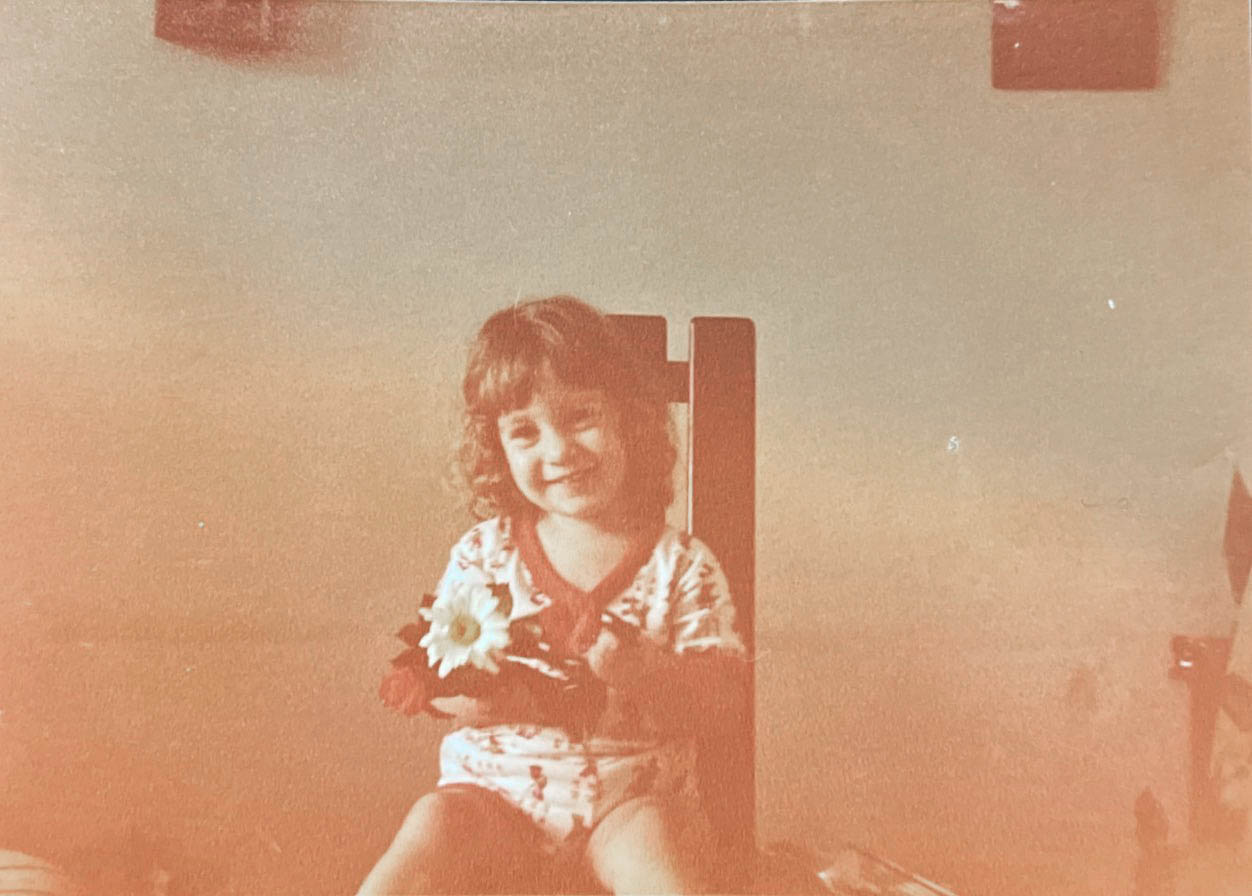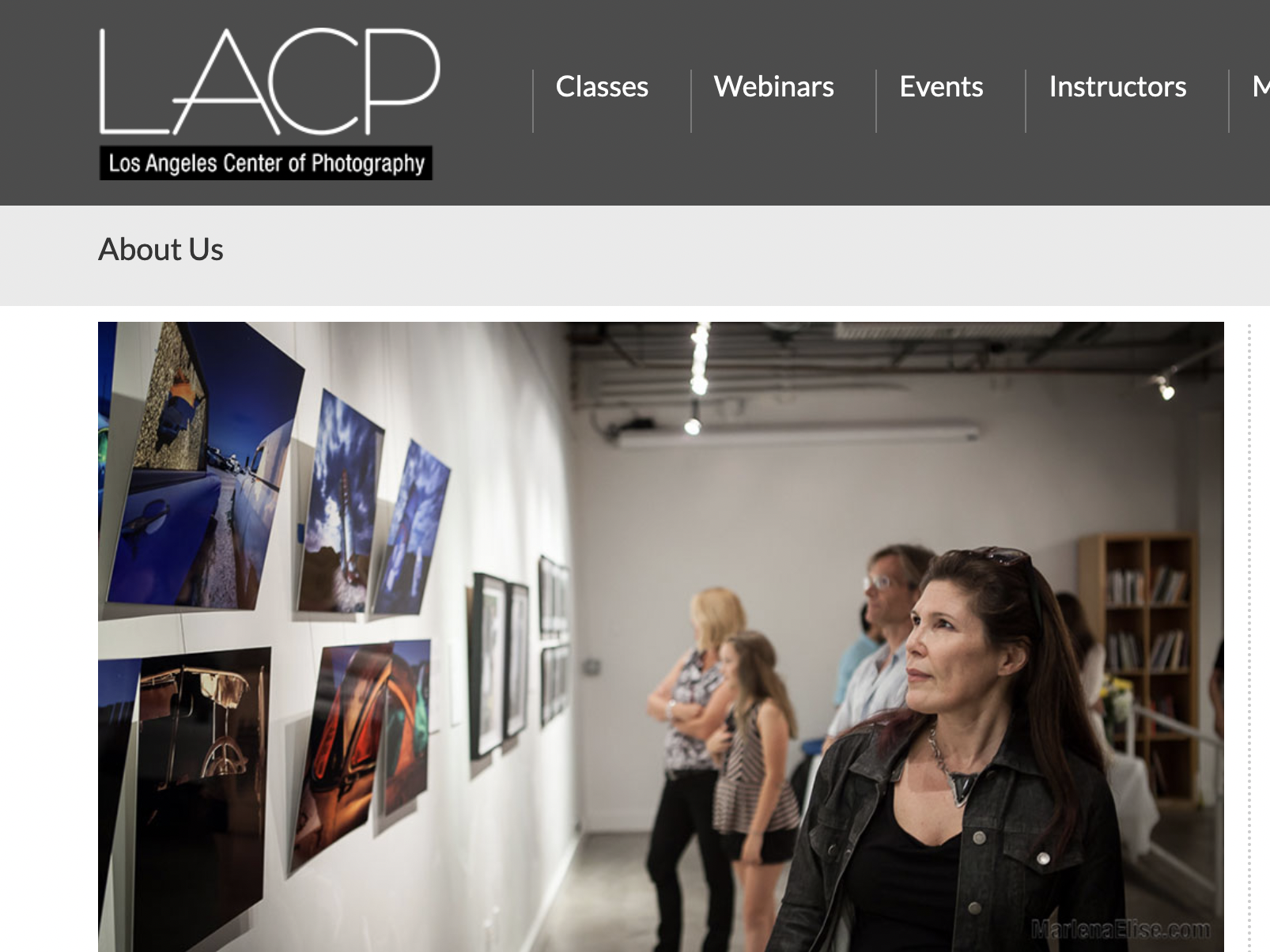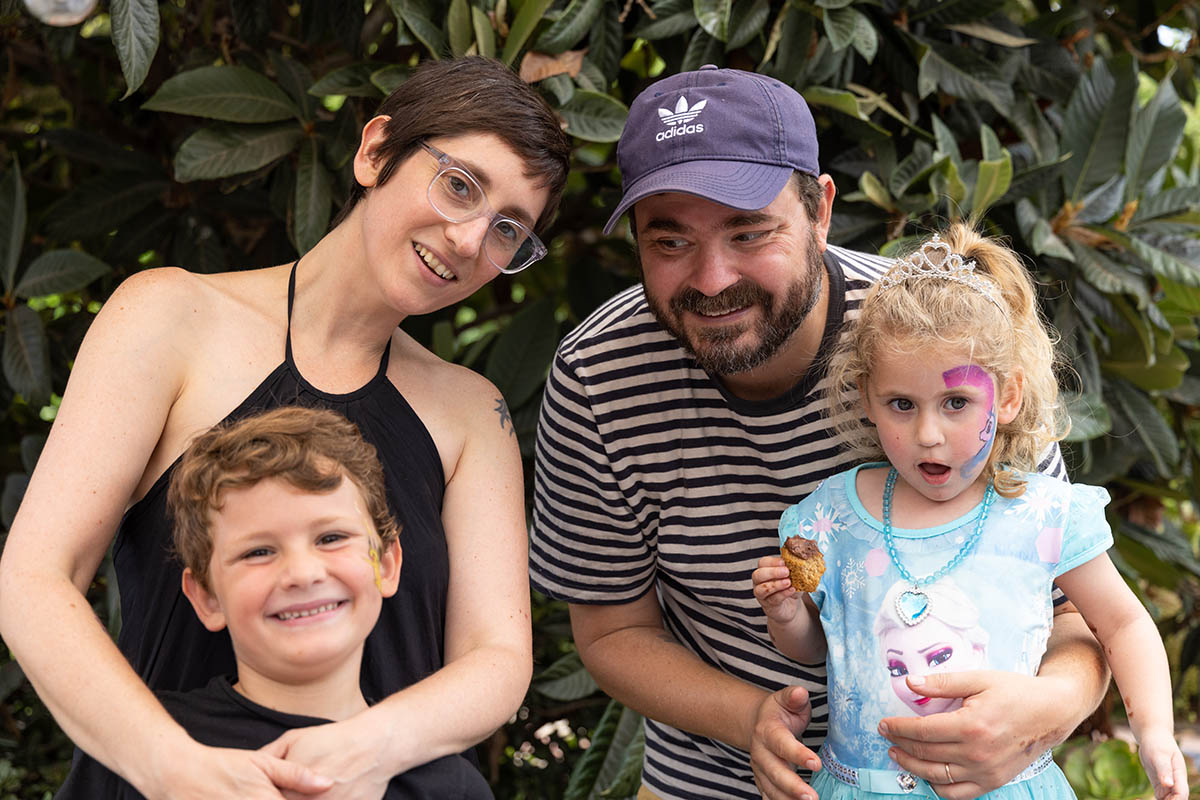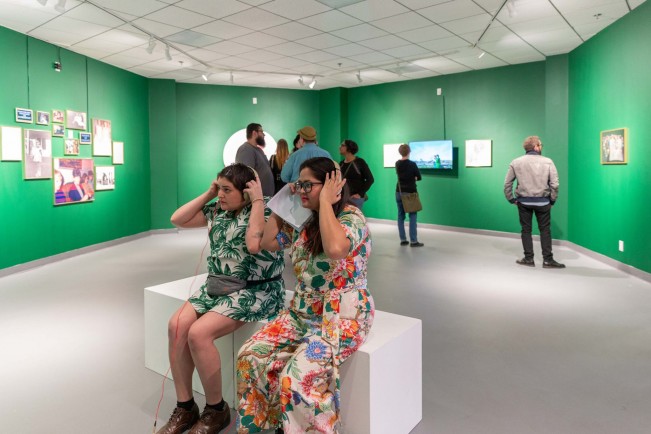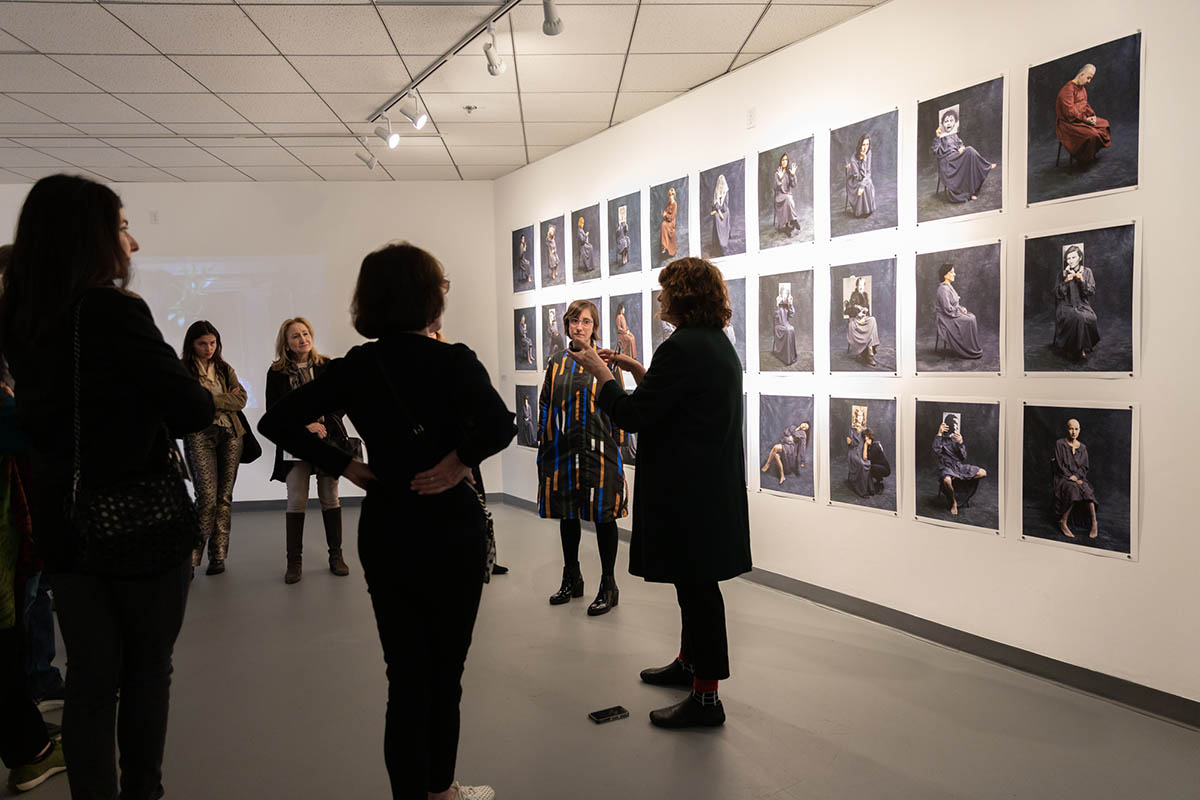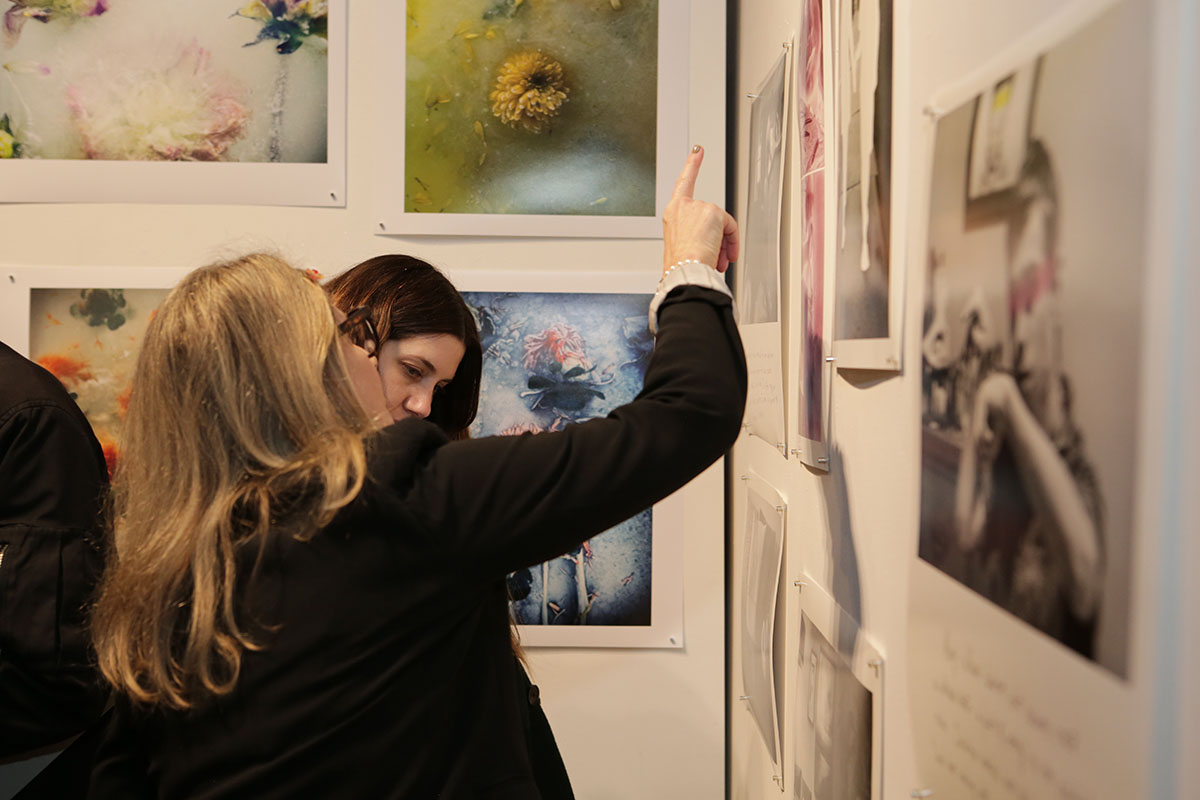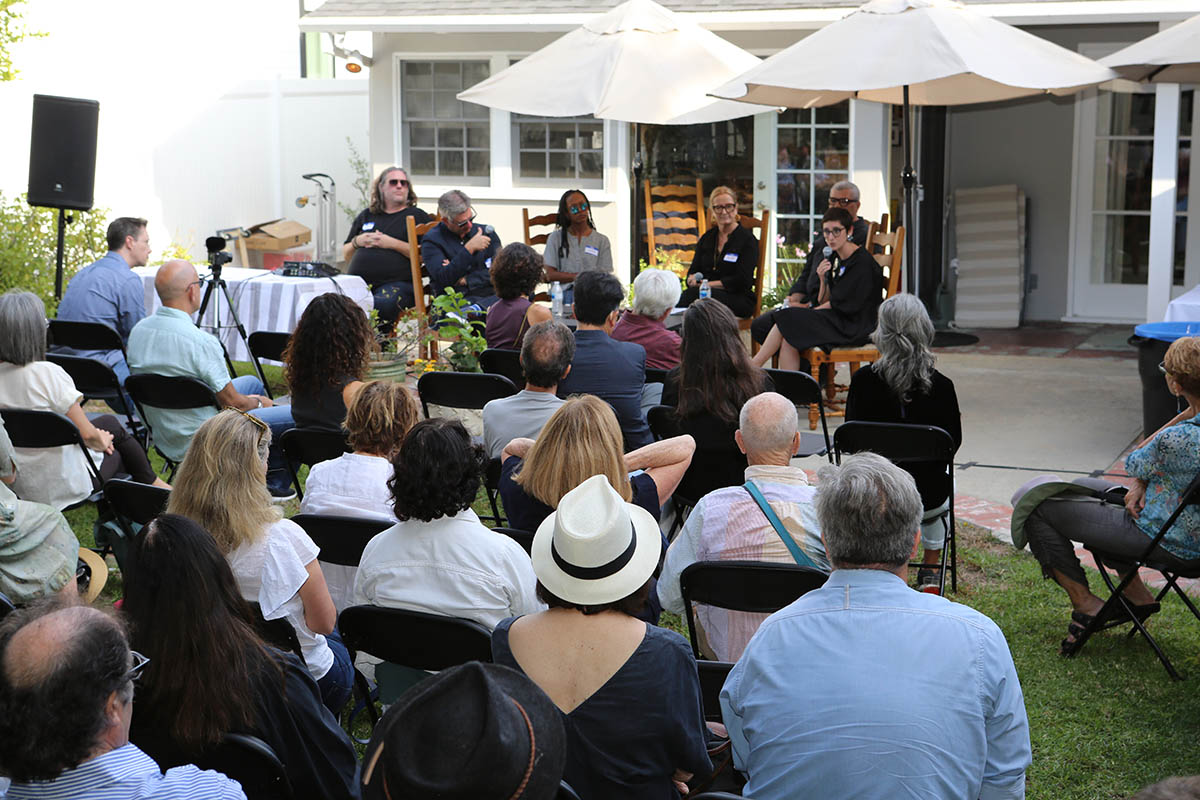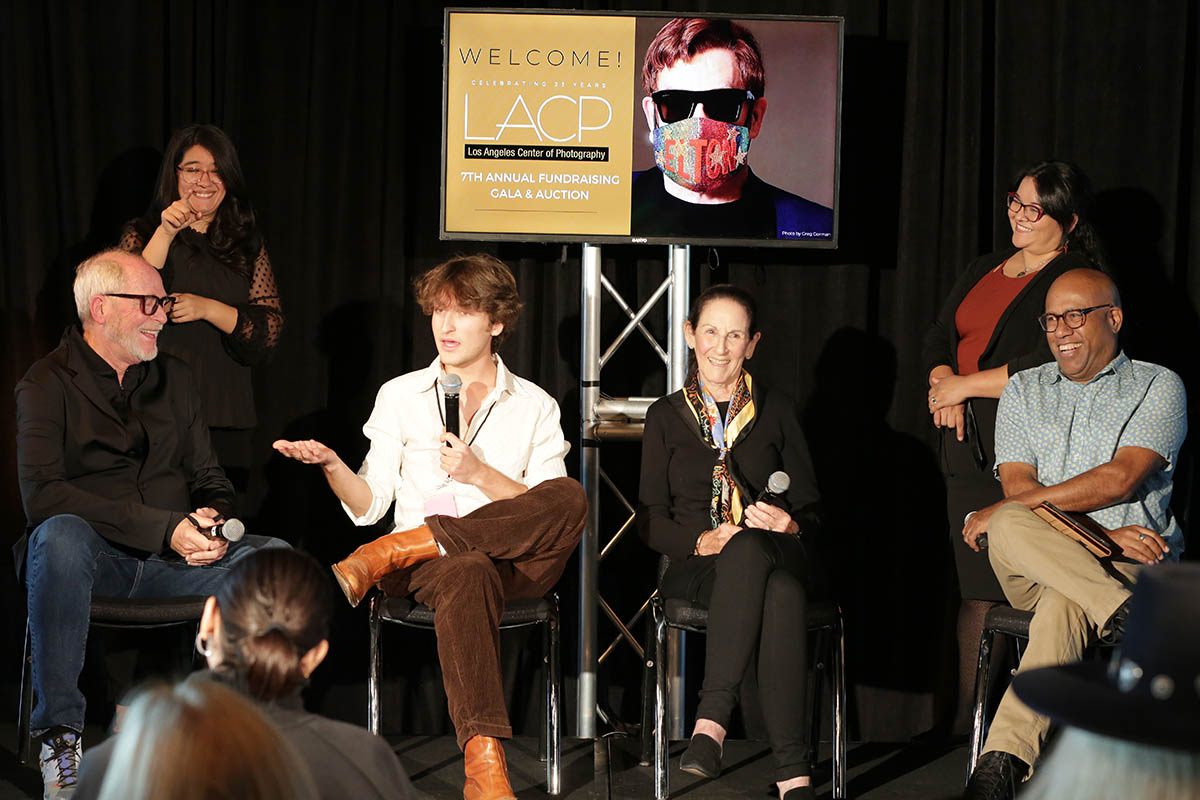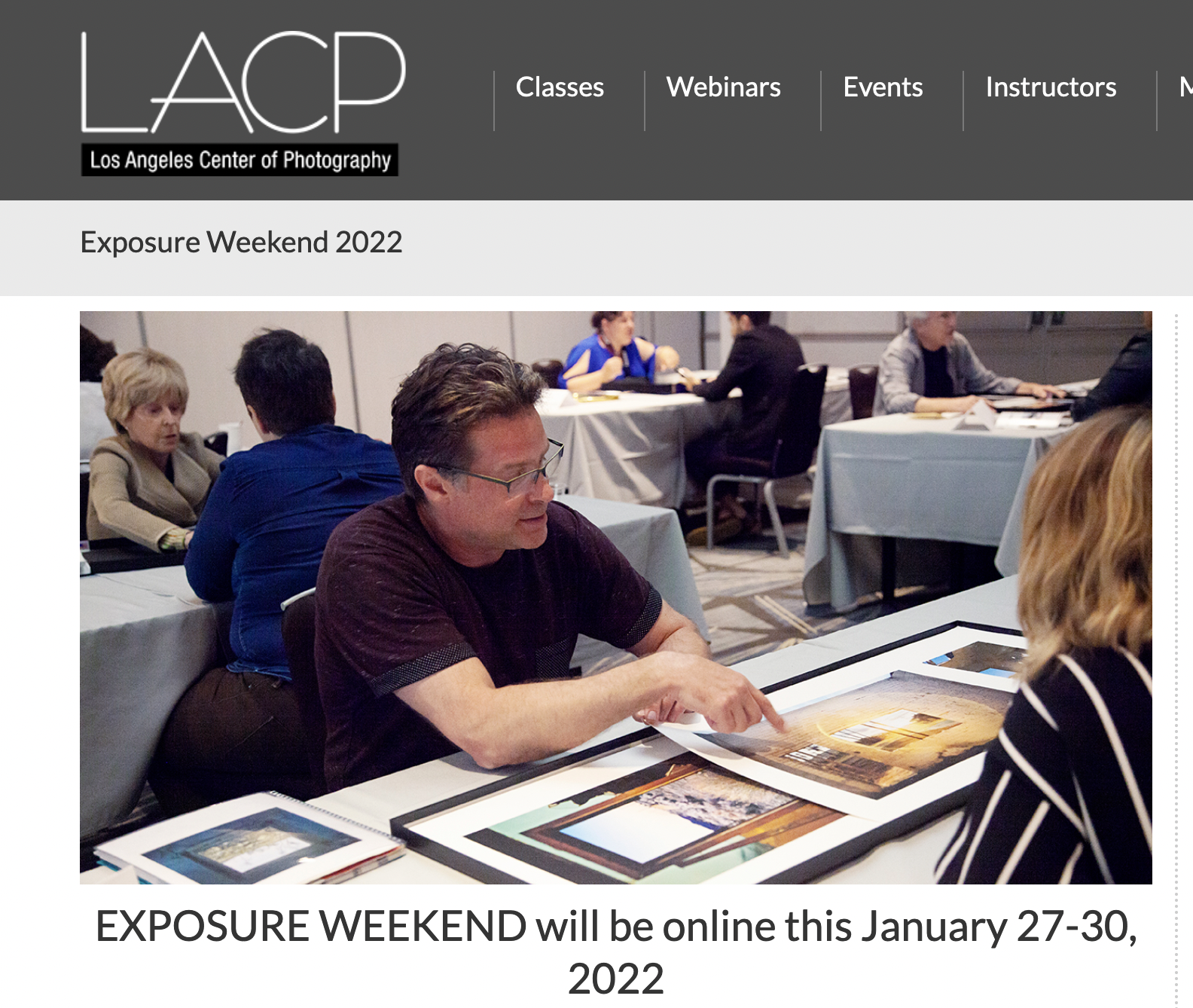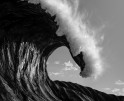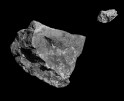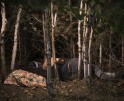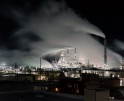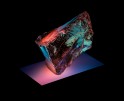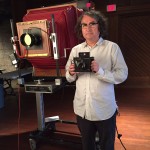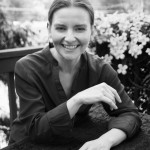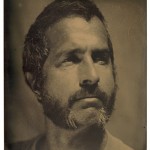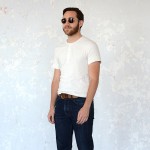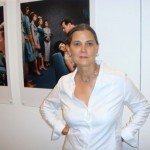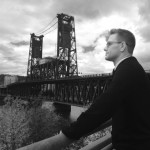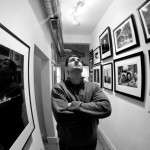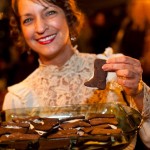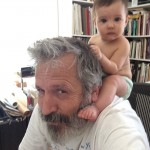The Rotem Rozental Mixtape
Since we are focusing on Los Angeles this week, I would be remiss not to celebrate the new Executive Director of the Los Angeles Center of Photography, Rotem Rozental. Rozental has been shepherding the organization through the pandemic and brings an unique set of skills to the position, including a Ph.D in photography. Her infectious positive energy is truly exciting and energizing, as she leads the organization into a world class center for photographic arts. Rozental is a photo-historian, curator and writer. She empowers and mentors artists worldwide. Her work with creatives is driven by her scholarly research and writings about cultural technologies, institutional archives and civic identities. LACP is so lucky to have her leading the organization into the future.
Between 2016-2022, Rozental served as Chief Curator and Senior Director of Arts and Creative Programming at American Jewish University, where she was also Assistant Dean of the Whizin Center for Continuing Education and the Director of The Institute for Jewish Creativity. At AJU, Rotem built a network of Jewish artists, organized solo and group exhibitions for local and international Jewish artists, mentored artists at all stages of their career, built a cohesive portfolio for visual and performing artists, including a vibrant program for fine art studies, and had a key role in programming and implementing over 300 virtual events during COVID, which had over 100,000 registrations worldwide.
Rozental is a lecturer at the Critical Studies Department of USC Roski School of Art and Design and faculty member at the Brooklyn Institute for Social Research, where she teaches seminars about photo-theory, archives and visual culture.
Her book, Pre State Photographic Archives and the Zionist Movement, is forthcoming with Routledge Publishing. In 2019, she completed her Dissertation research under the guidance of Prof. John Tagg at the Art History Department of Binghamton University. Rozental also served as the Dr. Sophie Bookhalter Research Fellow in Jewish Culture at the Center for Jewish History. Her academic research has inspired various projects, among them the exhibition Dead Lands: Karkaot Mawat, winner of the NurtureART curatorial call (April-May 2016), and the essay, “Under Dor Guez’s Bed: Scenes from the Christian Palestinian Archive,” published in Photographies 9.1 (Spring 2016). Rotem is an alumni and network member of Independent Curators International. In collaboration with the ICI, she served as Curator Mentor for the Liverpool Biennial’s Associate Artists Program.
Traversing the domains of technology, media and art, Rozental has been working as a consultant, editor, writer and organizer for international publications, as well as cultural non-profits and organizations. Her writings and scholarly texts appeared in publications such as Artforum.com, Philosophy of Photography Tablet.com and The Forward.
International curatorial projects include Launch Sites L.A.: Ezra Orion Revisited (in collaboration with the Israeli Center for Digital Art, L.A., 2017), Broken Cisterns: Eliyahu Fatal (Eli Petel) (co-curated with Leah Abir, L.A., 2018), We – Festi-Conference for Creative Collectives (2012-2013, Jerusalem), Three Cities Against the Wall (New York, Ramallah and Tel Aviv, 2005), and the collaborative ongoing archival project Outlet: The Archive of the Israeli Trade Center (Israel/Upstate NY), in which she and her partner, Roy Regev, documented commercial spaces that defined financial and social engagement in Israel’s peripheral towns. The observations obtained for the archive by various media were shown publicly for the first time in the exhibition Outlet: Part I, shown at the Station923 Gallery in Ithaca (NY, 2014). More recently, she curated the exhibition A Legacy of Loss: There Were No Roses There by Jenny Yurshansky and the virtual exhibitions Dana Arieli: The Zionist Phantom, and The Orientalist, organized by the Schusterman Center for Israel Studies at Brandeis University.
Tell us about your growing up and what brought you to photography.
I grew up in a small city that imagined itself—and was imaged as—a global cultural mecca. As teenagers, we witnessed rapid, violent, hope-inducing-and-soul-crushing political shifts and changes that were negotiated in local press and a nascent cable media culture. In a pre-Internet environment, magazines from Europe in languages we could not read were all we had as a way to participate in the world that seemed so out of reach. Photographic images were a way to be present. The desire to collect them was a way to take part in what was long gone or was never really there.
There was a small store not far from my mom’s apartment that sold photographs of famous actors and singers from all over the world. It was a tiny space, stacked with photographs that were printed on glossy paper, probably grabbed from magazines and books. It was strange and appealing to be in their presence. My mom and I would go every Friday to develop negatives at the local neighborhood lab. It was so exciting to see what came out, what failed, how did we capture our moments, and how we looked in front of the lens. Not long ago, I asked her to send me one of my childhood albums. She created a new one, full of old photographs, for my kids to see how did I look when I was their age. The experience of receiving the albums in the mail, in a carefully and lovingly enveloped package, reminded me how the photographic object and its technologies – whether analog or digital, printed or seen through the screen, organized in an album or stored on our smartphones—can connect us across time and space, to one another, to who we were, and to who we aspire to be.
Weekend excursions to the museum. Walls filled with photographs of family members who passed long before anyone thought of the possibility of me. High school art history lectures that opened up a whole new world of visual practice. Impromptu darkroom set up at a friend’s home when her mom was away. Friends from the art or cinema department capturing us during break time, afterschool, in the in between. Organizing independent video art events in clubs across Tel Aviv. Creating a VHS archive of Israeli video artists. Photography was always there, always offering a path to decipher the world I was living in and my place within it, as confusing as that world may be.
Later on, when social media was redefining culture, I became fascinated with how photography was transforming and impacting our modes of communication. That preoccupation shifted my academic research and had led me to work with a (now defunct) research Institute in Tel Aviv that focused on photography on a global scale. It was a pivotal moment that led me to my Ph.D studies and to do the work I pursue to this day. Photography, or I should say, photographic and archival technologies and their capacity to shape our identity, discourse and civic spaces, have become the main preoccupation and focal point of my research and work with artists for nearly two decades.
What is your title and job description and tell us about a typical day?
Almost exactly a year ago I began serving as the Executive Director of the Los Angeles Center of Photography, and I am still so grateful for the opportunity to join this community. I get to wake up every morning in one of the most vibrating centers of art making and visual storytelling in the world, and work together with LACP’s team, board, faculty, members, students and collaborators to sustain, maintain, develop and grow our field.
I am also a curator, writer and lecturer. Those elements are never separate or disconnected from one another, in my view. Thinking and writing about the histories and the potential futures of photographic technologies, and working with artists worldwide to further develop their practice are essential to how I understand my role.
A typical day would involve meetings with team members to develop and execute ideas, studio visits in person and/or online, conversations with collaborators and internal stakeholders about plans for the near and far future. There are brainstorming sessions, one-on-one meetings, introductions and conversations with creative co-conspirators. There are Excel Spreadsheets. There is Zoom. There are works by inspiring artists. There are ideas and long-term goals and various attempts to build the path toward them. I feel extremely lucky to be able to work closely with a dynamic Board of Directors that supports the vision and helps realize it at all levels. I also get to have the incredible opportunity to introduce LACP to new collaborators, and dream new concepts, formats and events for our network of photographers at all stages of their creative journeys. Within all that, I try to have at least a few moments to focus on writing – for our exhibitions, our artists, students and upcoming projects. And, of course, there are always elements of surprises – an inspiring encounter, an unexpected challenge or a wonderful opportunity that may re-define the day.
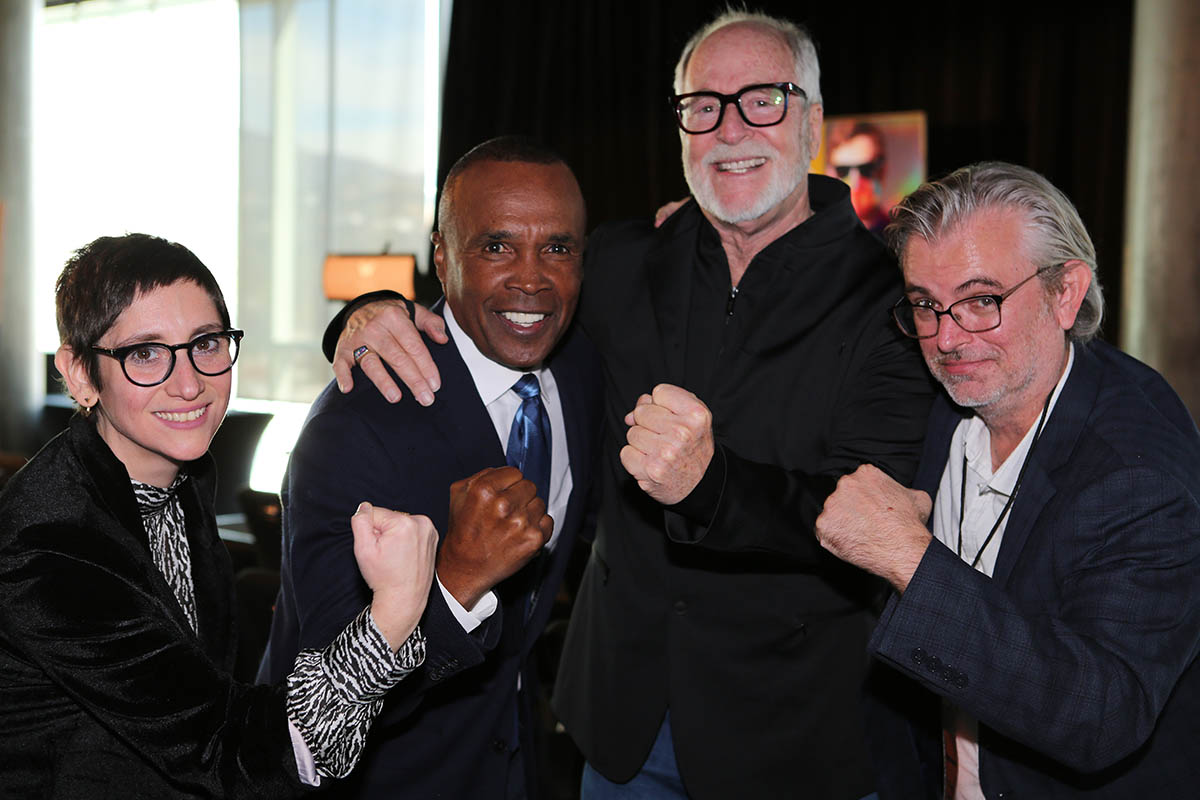
©Melanie Chapman, The 2022 LACP Annual Gala: Rotem Rozental, Sugar Ray Leonard, Greg Gorman, Brandon Gannon
What are some of your proudest achievements?
A little over 11 years ago, my husband and I packed our lives in Tel Aviv, along with a very fat cat, and moved to Upstate New York, for me to pursue my Ph.D in photo-history somewhere in the mountains. In the decade plus since, we became parents to Elliott, now almost 8, and Juno, 4, both definitely qualify as our proudest achievements, especially as we are immigrants, who are growing a family at a distance from our families and loved ones. We built a home and new life twice – first in New York State and, six years ago, in California. We built a lifetime together, and I will forever be proud of that and who we are for one another.
My Ph.D birthed curatorial projects, collaborations, scholarly texts, features and reviews, and is now also about to be published as a monograph. I was fortunate enough to be supported by organizations like Independent Curators International (ICI) and the Center for Jewish History (CJH) in New York during my studies. The upcoming book also received the Jordan Schnitzer First Book Award by the Association for Jewish Studies. I have been incredibly proud to relocate to Los Angeles to become Chief Curator at American Jewish University, where I also served as Assistant Dean of the Whizin Center for Continuing Education and Senior Director of Arts and Creative Programming. It was astonishing to mentor and nurture a network of Jewish artists in Los Angeles, and organize exhibitions and public programs that opened up questions around identity, immigration, ritual and community to larger audiences. I was able to support thought provoking projects by emerging Jewish artists and to organize international projects between both of AJU’s campuses.
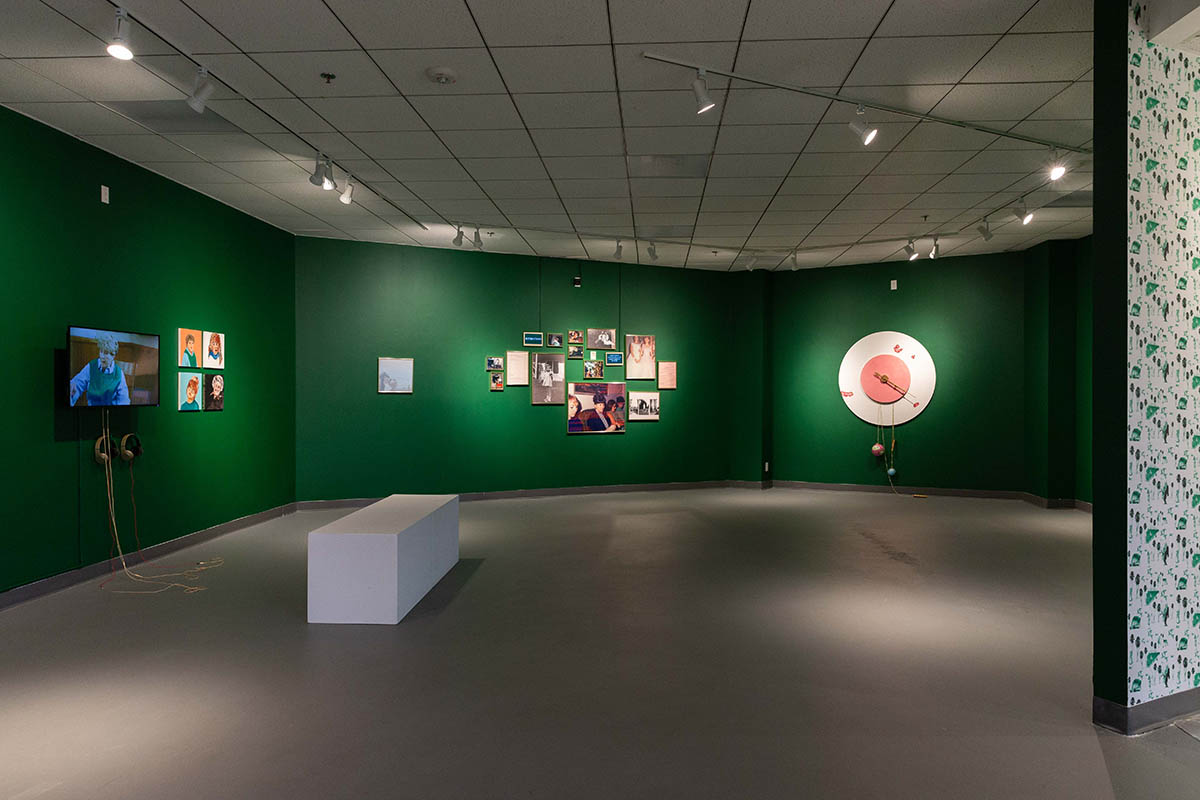
©B. Neimeth, Christy Roberts Berkowitz, American Jewish University, 2019, Opening The Distance Between the Grooves in My Fingerprint
And now, of course, to be able to join the LACP community and work with our staff, board, members, artists and faculty to create and understand together what a photography center should be and do at this moment has been illuminating and inspiring.
What are your goals for LACP?
LACP has been around for over two decades, and will mark its 10th anniversary as a non-profit next year. That is an incredible achievement for any organization, all the more so when it comes to the creative sector. We are a premier photography destination in SoCal, and all of us feel we have a huge responsibility to support the future of visual storytelling that originates from Los Angeles. My goal therefore is to create a sustainable, impactful and long-lasting present and future for the Center and its constituencies nationwide.
We are now transitioning into the next chapter in LACP’s life, as an organization that both serves national and international audiences and speaks directly and intently to the complexity of life in Los Angeles. At LACP, we believe storytellers change the world and they need a space to hone their craft and articulate their voice. We are driven by the crosscurrents that define LA and its cultural production. We think about the fantasies that make up this place and the broken dreams that follow, we think about disparities, divisions and conflicts, the imagined and concrete topographies that create this place and how all of these polarities and points of contact translate to creative practice. In short, LACP needs to reflect lives here and share them far and wide, while offering entry points to audiences from across the world. As we consider these complexities, we also seek to articulate the plurality of photographic technologies and practice. In that sense, we think of photographies as what lies at the heart of our activity.
With that in mind, LACP’s programming seeks to address these issues and provide spaces for engagement for visual storytellers. We created a local network of partnering organizations in LA, with whom we host events and public programs, and expanded our online programming and reach. In the past year, we expanded our in-person offerings in LA, to include think-tank style conversations about photography and its connection to Los Angeles, as well as workshops, exhibitions and events across the county. I have been very proud of our outreach program, which offers photography workshops that center on visual literacy skills for youth in disadvantaged neighborhoods. We work in partnership with various organizations, among them The Children’s Institute, seeking to be present and active across Los Angeles. I am delighted to share we are growing the program with new and exciting partners.
As we continue to grow nationally and internationally, we are also expanding our exhibitions program, offering more opportunities for photographers to expose their work and reach new audiences, as well as curated initiatives designed to expand and deepen the discourse around contemporary photography and its possible futures. I am so excited by all that is yet to come, and cannot wait to share more throughout the year.
Any advice for photographers wanting to elevate their practice?
Do not ever shy away from reaching out to curators to show your work and ask for feedback. Curators need you. They want to see your work. They cannot do their work without meeting new artists and engaging in studio visits, whether online or in person. I try to have at least one or two studio visits per month. It might take me a while to get back to schedule a time, but it is a needed part of the work. I actually believe that curators that do not engage in studio visits will find they are trapped in an echo chamber. The dialog that happens in the studio (or via Zoom) is crucial for both the artist and the curator, and it can help you understand what your next creative step should be.
What is something unexpected that we don’t know about you?
So my family and I are vegans. My children are born and raised vegans, and my husband and I became vegans a decade ago, after a lifetime of eating every animal we came across and spending a number of years as culinary and lifestyle reporters/critics/editors.
My not-so-guilty pleasure is discovering new ways of thinking about vegan foods, and new companies and brands that offer vegan options. We were heartbroken when Krimsy’s Cajun Kitchen closed down in North Hollywood during the pandemic, but their cookbook was such an amazing discovery. Elliott and I love browsing and creating full meals based on Krimsey’s recipes. LA is a haven for vegans. I love the Vegan Exchange food market, we celebrate at Crossroads whenever we get an opportunity, and the margaritas at Gracias Madre will save you. Every time we crave sushi we order the entire menu from Gokoku and Sun Café is a favorite spot for a family Sunday brunch. And there are so many, many more.
And since this is a Mixtape, what is your favorite song, band, and do you dance?
Let’s just say my first gig in journalism, one million and a half years ago, was writing party reviews for Time Out Tel Aviv, so dancing was absolutely part of the job description.
My husband, Roy Regev, is an amazing music producer and a creative that fills our lives and home with the most awe-inspiring sounds. I am so delighted whenever I get to share he created and produced with other collaborators and as a solo artist. You can get a taste here.
Recently, I found myself diving into to Dawn FM by The Weekend, captivated by its sonic phantasies and the sense of lurking underlying danger. I suspect this concept project could have only been created in the wake of life during lockdown.
2022 also saw the launch of Autofiction, the ninth studio album of one of my all-time favorite bands, Suede, referred to as The London Suede in the US. It is remarkable to grow up alongside your childhood heroes, and listen to them process their own memories and loss. I also got to see them perform live this year (my fourth time!), which was so powerful. And in the spirit of contemplative projects, this year I have also been listening to Damon Albarn (who also had a fantastic show in L.A. a year ago) and his The Nearer the Fountain, More Pure the Stream Flows, Albarn, Graham Coxon and Blur are definitely a constant soundtrack to my life.
And now we turn the Mixtape over to Rotem:
I am anxious and excited to share that my book, Pre-State Photographic Archives and the Zionist Movement is coming out March 2023 with Routledge. I will be talking about this scholarly and photographic adventure with curator Sagi Refael in a webinar organized by American Jewish University on March 9 at 2pm PT. RSVP here.
In this book, I explore a photographic archival system that created an image of a land, an image of a body, and an image of their relationships. I am looking into how a photographic archival system worked in future tense, to produce a national imaginary for a nation-state not yet in existence. It was important for me to explore this system, as it produced the visual foundations of the world I grew up in, and the political realities I sought to undermine and question.
In a sense, I am trying to observe this system in its most productive moments, trying to operate this archive to see how it functioned and impacted the civic space. This led me to explore a constellation of photographic and archival activity in the Middle East and beyond, from late 19th century to 1948.
Thank you Rotem, for all you do for photography!
Posts on Lenscratch may not be reproduced without the permission of the Lenscratch staff and the photographer.
Recommended
-
Earth Week: Hugh Kretschmer: Plastic “Waves”April 24th, 2024
-
Earth Week: Richard Lloyd Lewis: Abiogenesis, My Home, Our HomeApril 23rd, 2024
-
Earth Month Photographers on Photographers: Jason Lindsey in Conversation with Areca RoeApril 21st, 2024
-
Earth Month Photographers on Photographers: J Wren Supak in Conversation with Ryan ParkerApril 20th, 2024
-
Earth Month Photographers on Photographers: Josh Hobson in Conversation with Kes EfstathiouApril 19th, 2024

